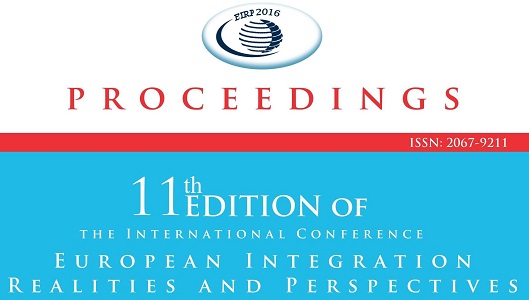Overview of the Main Theories on the Economic Effects of Public
Indebtedness
Overview of the Main Theories on the Economic Effects of Public
Indebtedness
Author(s): Irina Bilan
Subject(s): Economy
Published by: Editura Universitară Danubius
Keywords: government debt; economic growth; classical theory; Keynesian theory; neoclassical view
Summary/Abstract: The paper briefly reviews the main theories formulated over time on the economic effects of public in debtedness, with the aim to highlight their common and divergent points, the arguments they rely upon, as well as their relevance, given the current economic environment. Three major views are considered, namely the classical one, the Keynesian one and the view of neoliberal economists (monetarist economists and representatives of the school of rational expectations). The comparative approach of the different views allowed us to shape some criteria of decision which may prove useful for public policymakers in formulating public debt policies conducive to economic growth: public indebtedness should not become common practice but be reserved for those situations in which the economy is confronted with unusual phenomena, such as economic downturns; borrowed resources should be used especially on those destinations which create added value in the economy, such as public investment; public debt should not accumulate at a fast pace and should be kept within reasonable limits, to avoid possible side effects on economic growth.
Book: European Integration - Realities and Perspectives Proceedings
- Page Range: 356-362
- Page Count: 7
- Publication Year: 2016
- Language: English
- Content File-PDF

